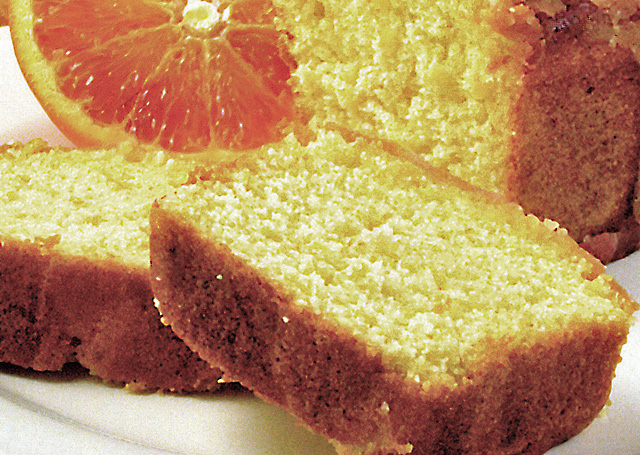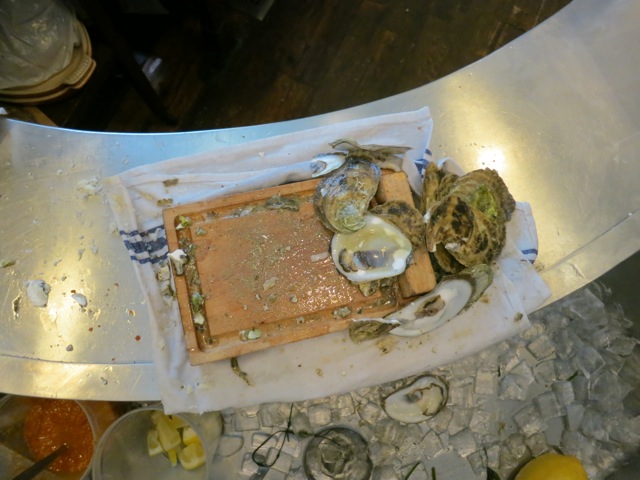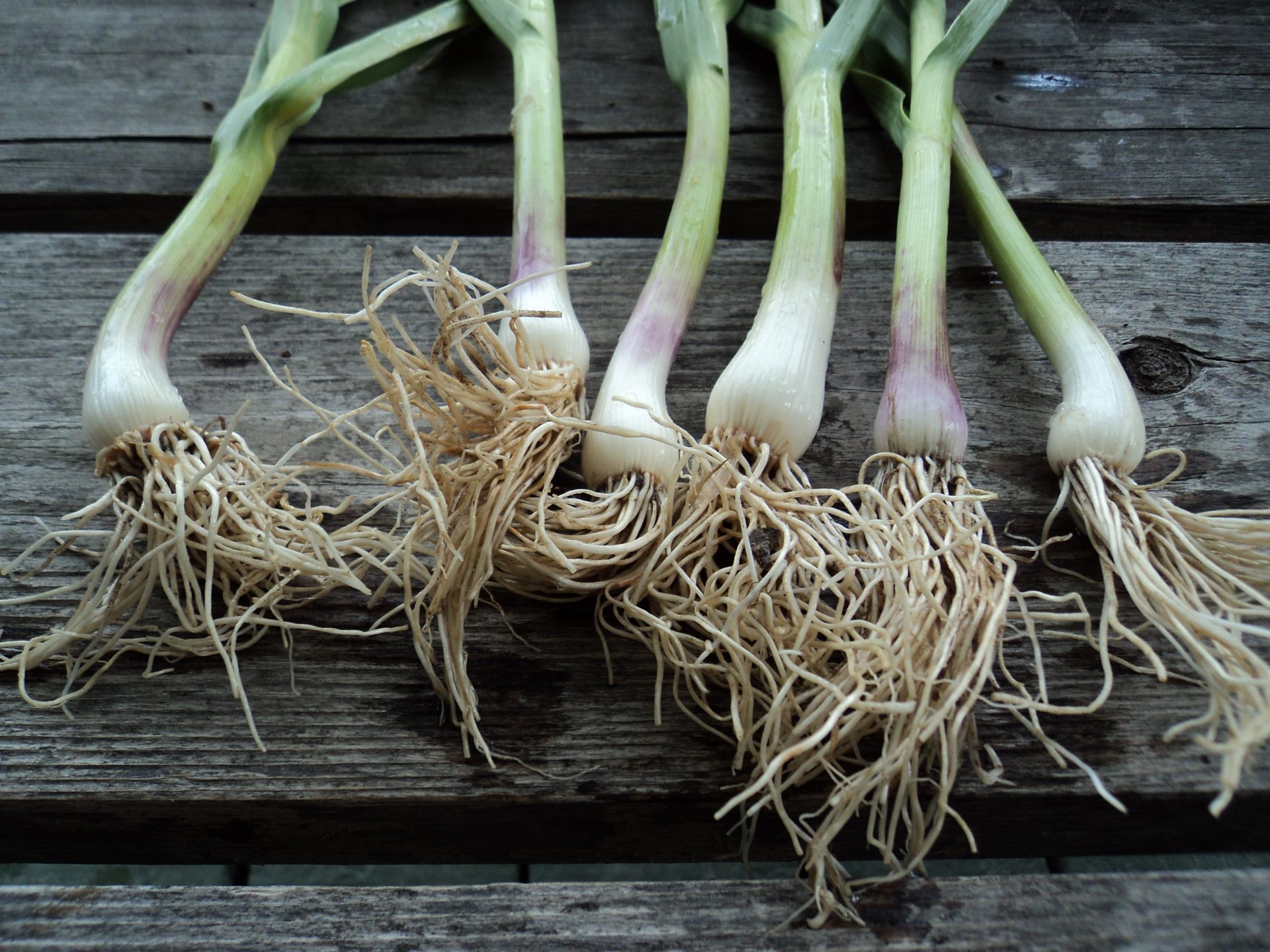by Jane Rodmell for All The Best Fine Foods, a ‘Certified Good Food Fighter‘
In my book, January has little to recommend it… except perhaps the happy fact that sweet, juicy oranges are really good this month and for a short time bitter (Seville) oranges and dramatic blood oranges are available at the market.
Bitter oranges (citrus aurantium) and the sweet varieties (citrus sinensis) likely originated in southern China several thousand years ago and through traders and explorers made their way to the Near East, the Mediterranean and then to the USA and South America. In the 16th century early settlers first planted oranges in Florida and thus began the huge Florida citrus industry. Most of our sweet oranges come from Florida or California, though they are also grown in many other parts of the world- South Africa, Australia, Israel and Brazil. The bitter oranges are grown mainly in Spain (hence their name Seville) and the bulk of the crop is exported to Britain and turned into classic marmalades. (It’s time to get out your preserving kettle!) The juice of bitter oranges, rather than sweet orange juice, adds incomparable, lively flavour to sauces for duck, veal or beef. Since the season is so short you might think of storing some freshly squeezed bitter orange juice in cubes in the freezer right now to have on hand to use later in the year.
Records suggest that the mutation that resulted in the blood orange occurred first in Sicily in the 17th century. The deep crimson flesh colour comes from the development of anthocyanins-pigments common in other red fruits and flowers but not usually present in citrus fruits.
At this season All The Best chefs and bakers use freshly squeezed orange juice and grated or slivered orange zest in countless ways to add flavour to soups, salads, dressings, sauces and of course, pastries. Drop by the store for a taste of our delicious, moist Orange Almond Cake and a buttery Blood Orange Pound Cake. They’re always a big hit.
The following Blood Orange Pound Cake coated with a rosy citrus glaze makes a simple and delicious winter dessert accompanied with fresh orange segments, marinated in a splash of orange liqueur and topped with a generous spoonful of crème fraîche.
Glazed Blood Orange Pound Cake
11/2 cups (375 ml) all purpose flour
½ tsp (2 ml) salt
¼ tsp (1 ml) baking powder
¼ tsp (1 ml) baking soda
½ cup (125 ml) soft butter
1 cup (250 ml) sugar
2 eggs
1 tbsp (15 ml) grated orange zest
1/3 cup (75 ml) sour cream
3 tbsp (45 ml) freshly squeezed orange juice
Orange Glaze
½ cup (125 ml) sifted confectioner’s (icing) sugar
1 tbsp (15 ml) orange juice
Preheat oven to 350 F (180 C)
Lightly grease a 9” x 5” (12.5 cm) loaf pan and line with parchment.
In a bowl combine flour, salt, baking powder and baking soda. Set aside.
In a large bowl beat butter and sugar until light. Add eggs, one at a time, beating lightly after each addition. Then beat
vigorously until mixture is thick and creamy. Stir in orange zest.
Add flour mixture in three parts, alternately with sour cream and orange juice and mix until blended.
Spread mixture evenly in prepared pan. Bake in preheated oven until tester inserted in the middle comes out clean, 55 to 60 minutes. Let cool on a rack for about 15 minutes in the pan.
Orange Glaze: In a small bowl, combine confectioner’s sugar and orange juice until smooth. Remove warm loaf from pan and place on a wire rack. Spoon Orange Glaze over top of the warm loaf. Let cool.
All the best and Happy New Year,
Jane









The first time I had blood oranges I was really young and then they seemed to all but disappear from the grocery stores. I have been so glad to see them come back. Lovely recipe. I can’t wait to give it a try.